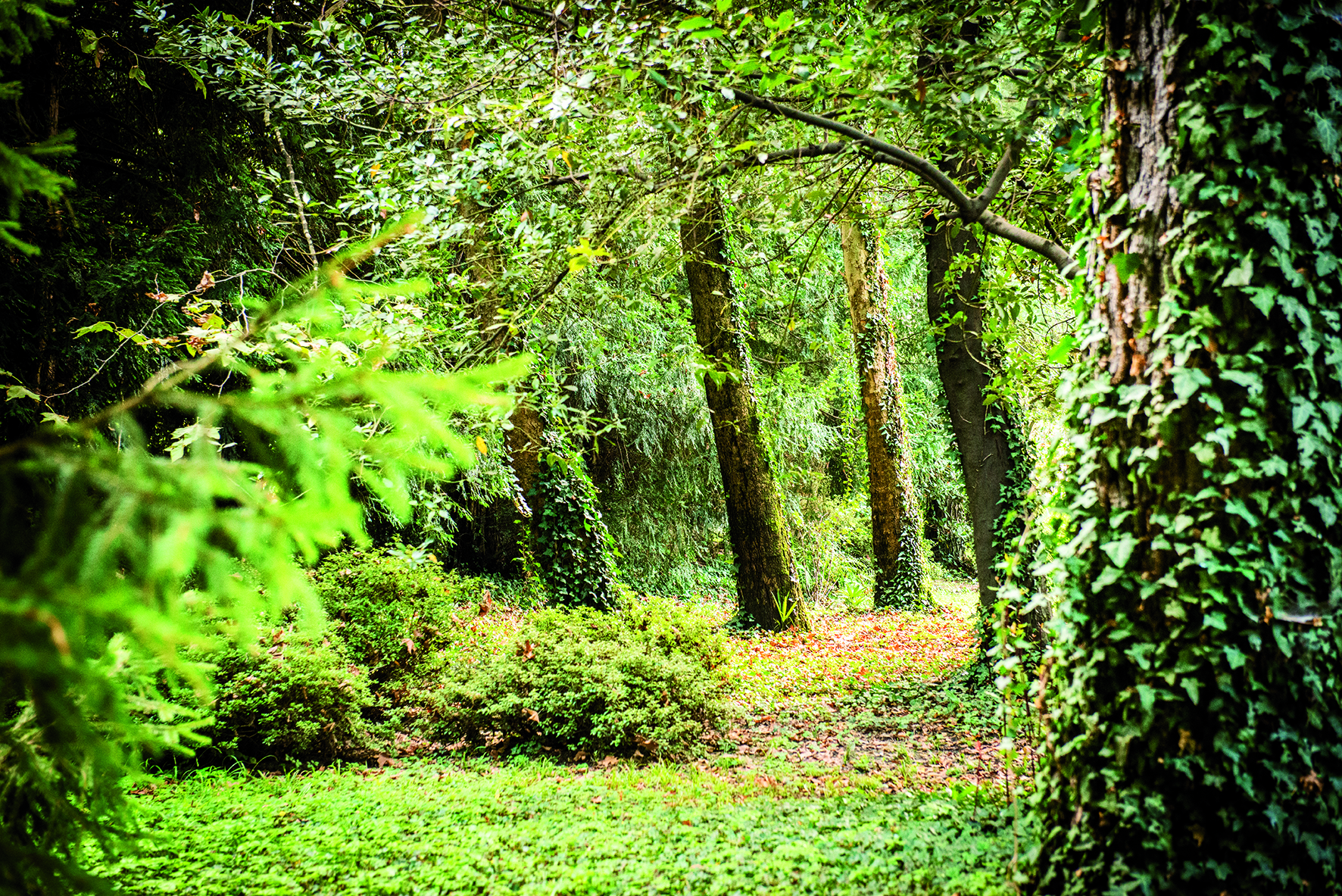The Cephalotaxus
The cephalotaxus is a conifer native to China and Japan and was introduced to Europe in the first half of the 19th century.
The Latin name Cephalotaxus harringtonia comes from Charles Stanhope, the 4th Earl of Harrington, who cultivated it and was passionate about it right from its first appearance on the European Continent.
Among conifers, the cephalotaxus is an unusual species. It is an ornamental tree with a broad, spreading form. It resembles the yew but differs primarily in its needle-like, soft, and particularly long leaves, which can measure up to 13 cm. The cephalotaxus is also known as the “Japanese plum” due to the seed produced by female specimens. The seed has a fleshy structure similar to that of the ginkgo and, when ripe, it turns different shades of purple.

The cephalotaxus is a conifer native to China and Japan and was introduced to Europe in the first half of the 19th century.
The Latin name Cephalotaxus harringtonia comes from Charles Stanhope, the 4th Earl of Harrington, who cultivated it and was passionate about it right from its first appearance on the European Continent.
Among conifers, the cephalotaxus is an unusual species. It is an ornamental tree with a broad, spreading form. It resembles the yew but differs primarily in its needle-like, soft, and particularly long leaves, which can measure up to 13 cm. The cephalotaxus is also known as the “Japanese plum” due to the seed produced by female specimens. The seed has a fleshy structure similar to that of the ginkgo and, when ripe, it turns different shades of purple.
Audio

